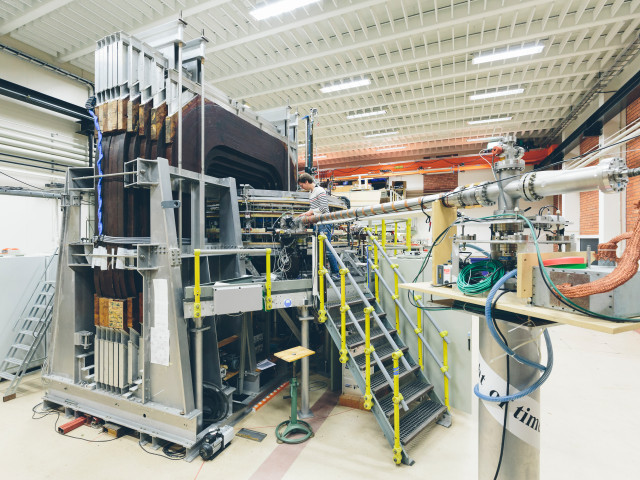The main course content is the interaction of light with atoms, molecules and solids to generate, manipulate and detect light using optical components. The course covers the basics, for future studies on applications such as light sources, sensors or solar cells. Specifically, the content is
- How physical processes in a material shape its optical properties such as absorption or refractive index.
- How optical transitions in atoms and molecules generate, manipulate and absorb light.
- How band structures and optical transitions in crystals generate, manipulate and absorb light.
- How light interaction with electrons and phonons create plasmons, excitons and polaritons.
- How light interacts with quantum structures such as quantum wells or quantum dots.
